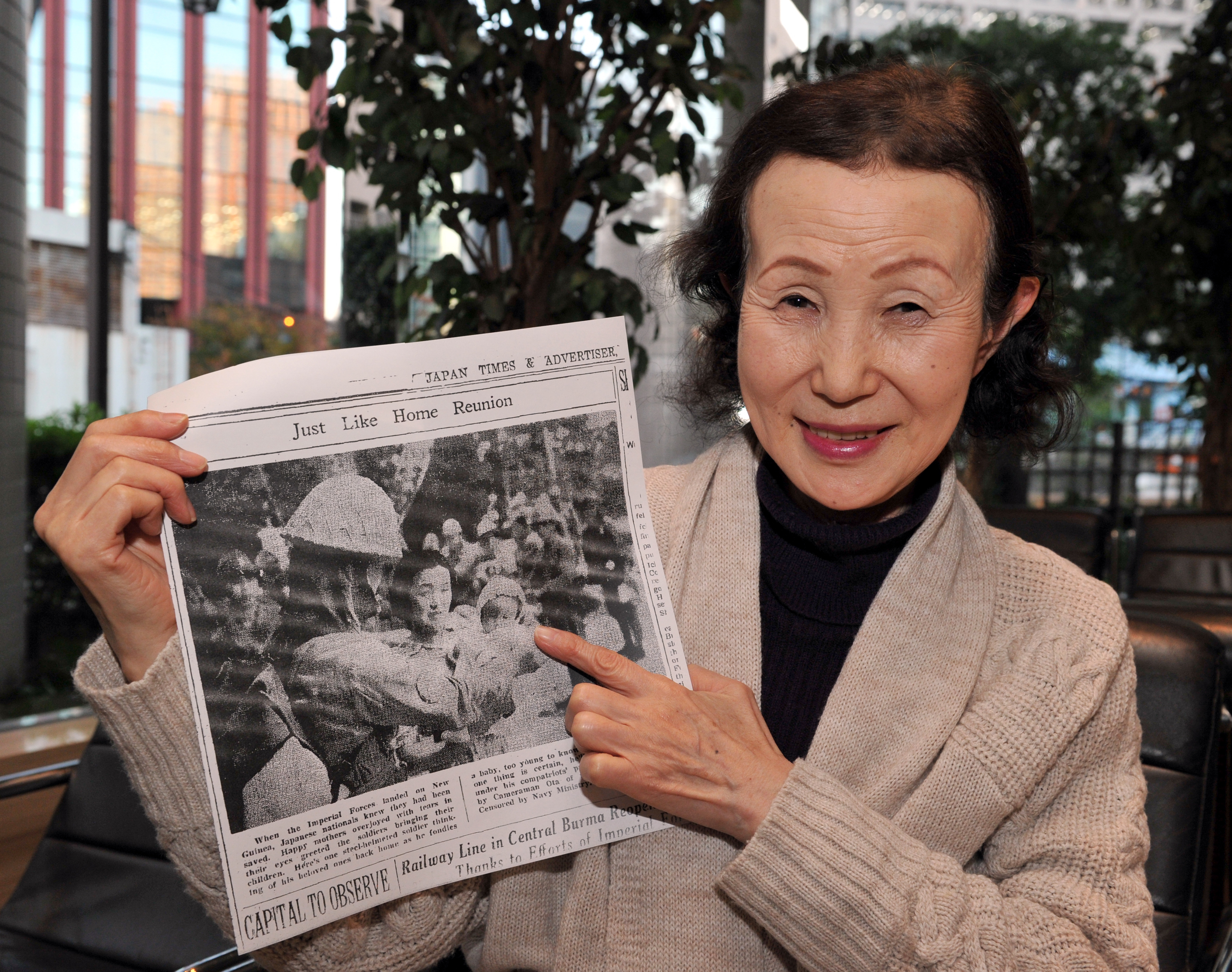Rumiko Endo's childhood odyssey is captured in a 1942 newspaper photograph showing her mother as a young woman and her as a baby.
They are surrounded by Imperial Japanese Army soldiers in New Guinea at a time when World War II had bound civilians across the region in suffering and hardship.
Published in the May 13, 1942, issue of The Japan Times, the photograph shows Endo and her mother, Katsumi Takahashi, upon their rescue from Dutch internment in the Dutch East Indies city of Manokwari months during the Pacific War.


















With your current subscription plan you can comment on stories. However, before writing your first comment, please create a display name in the Profile section of your subscriber account page.